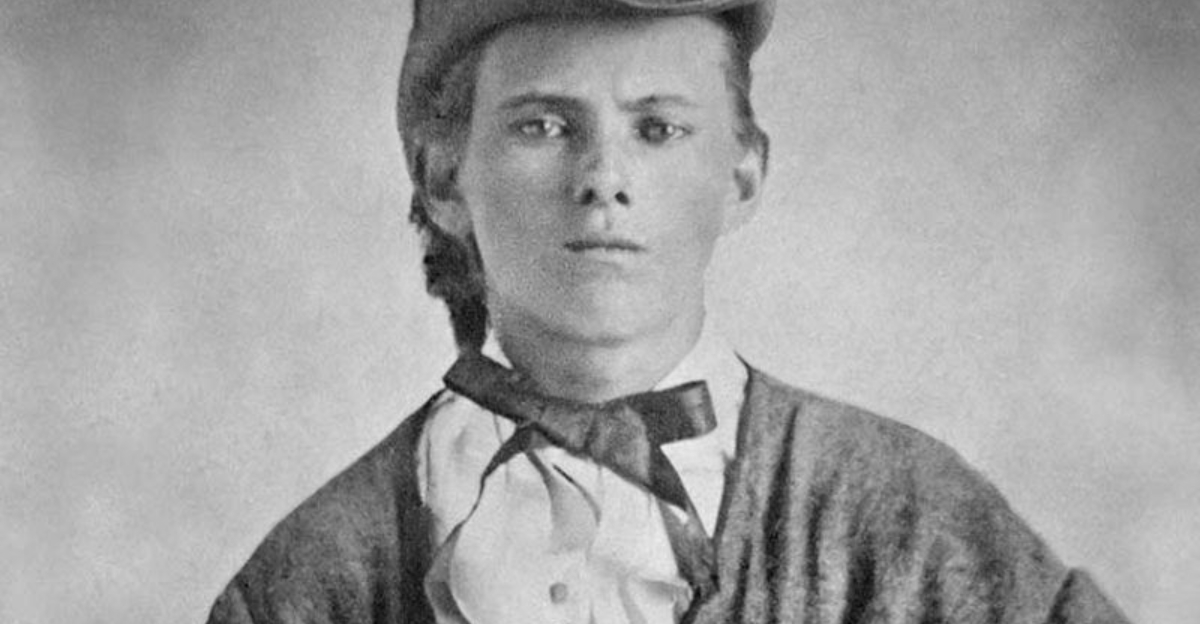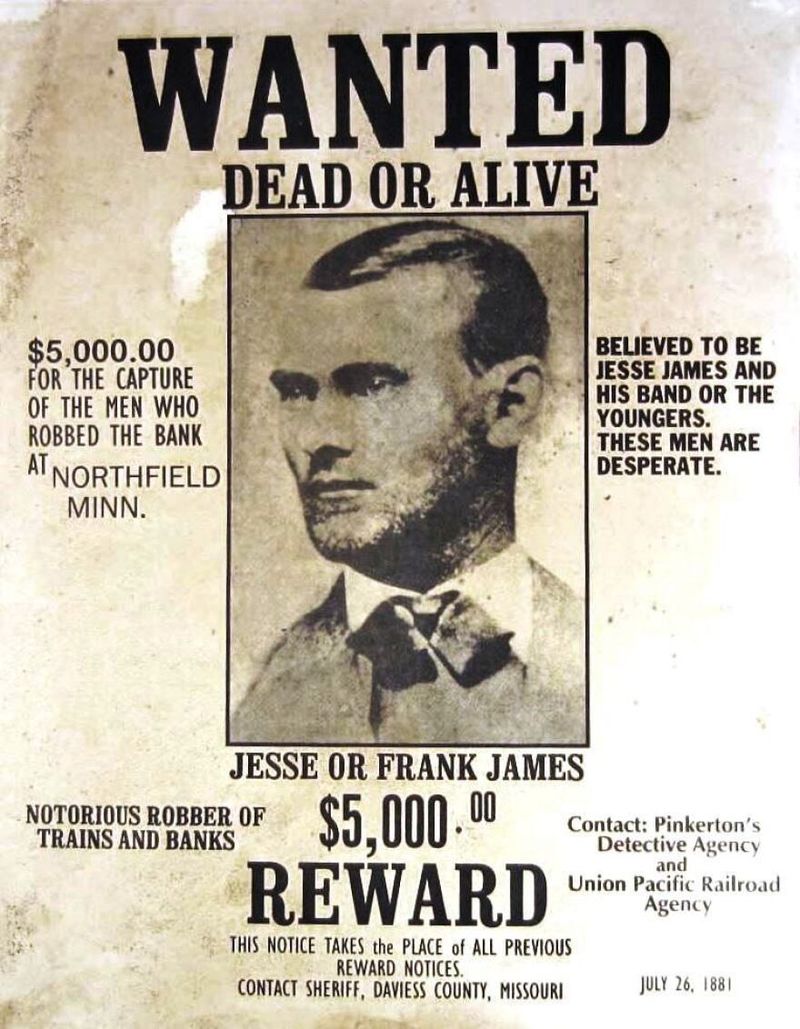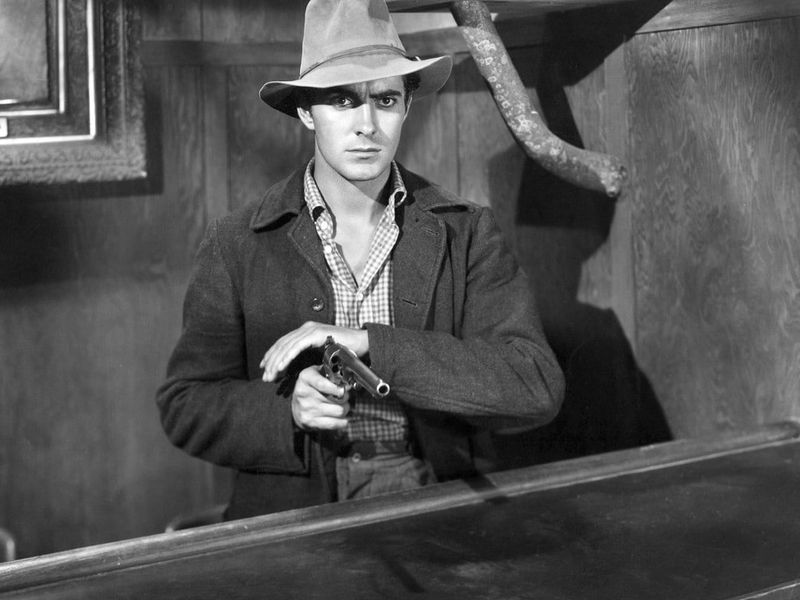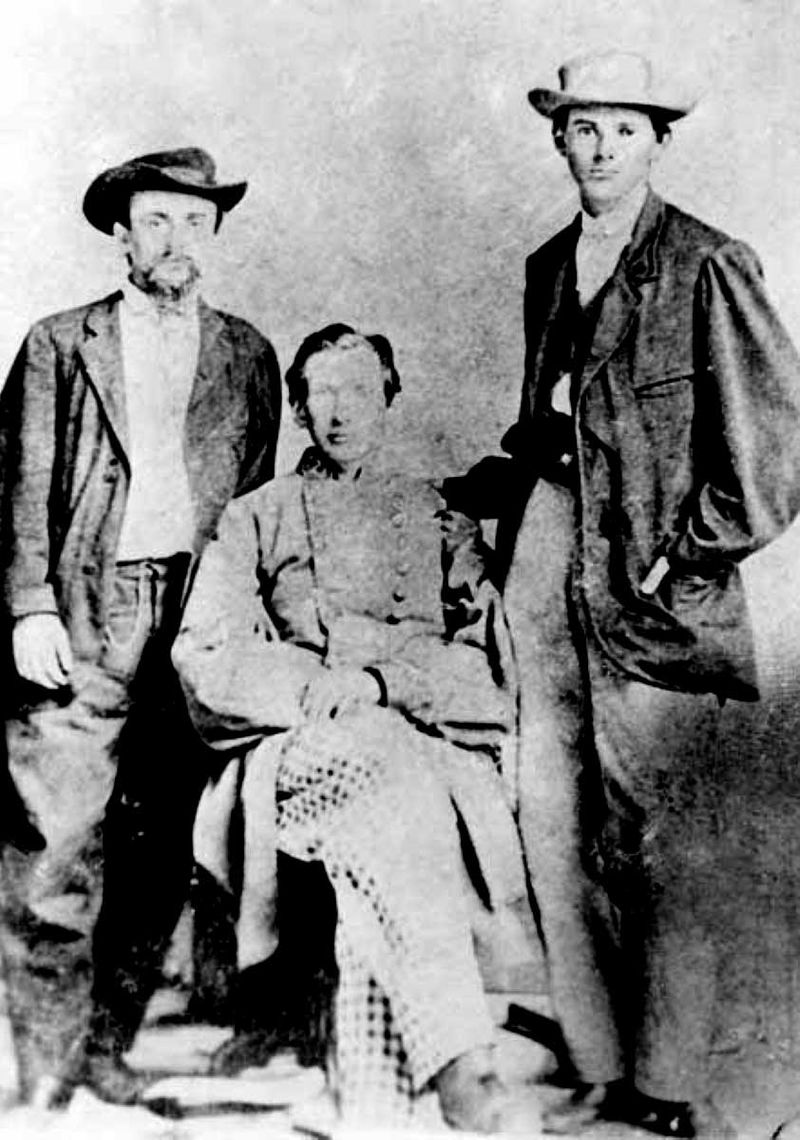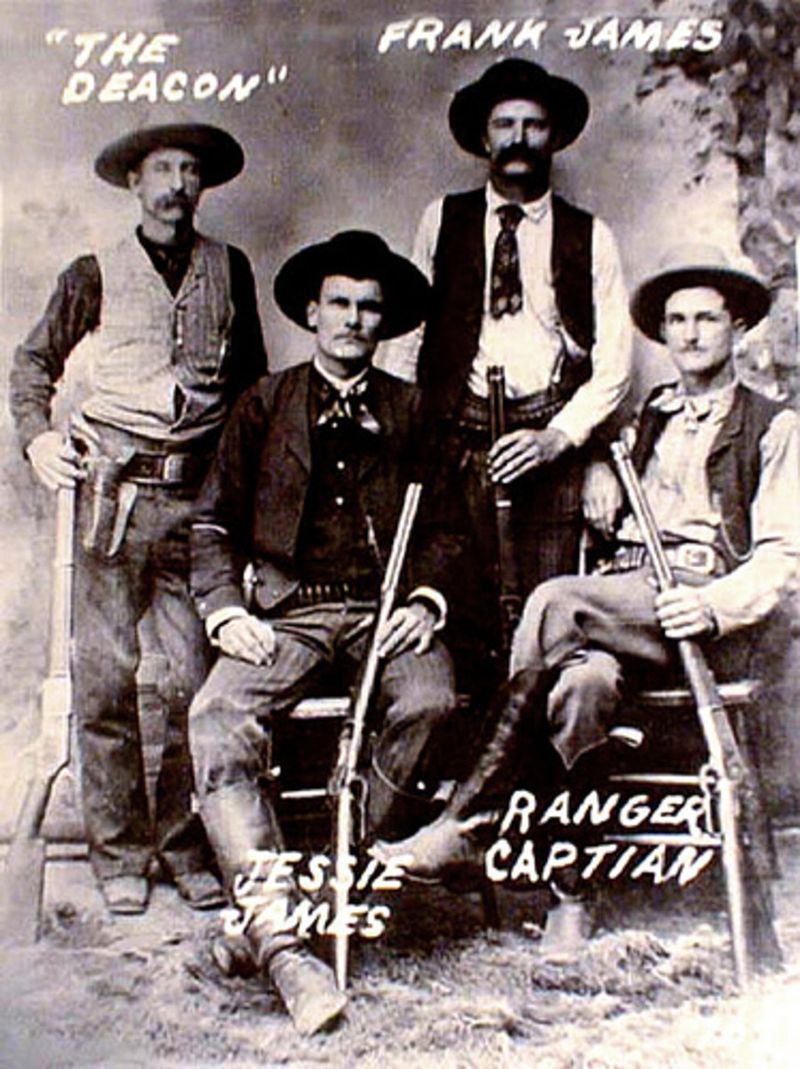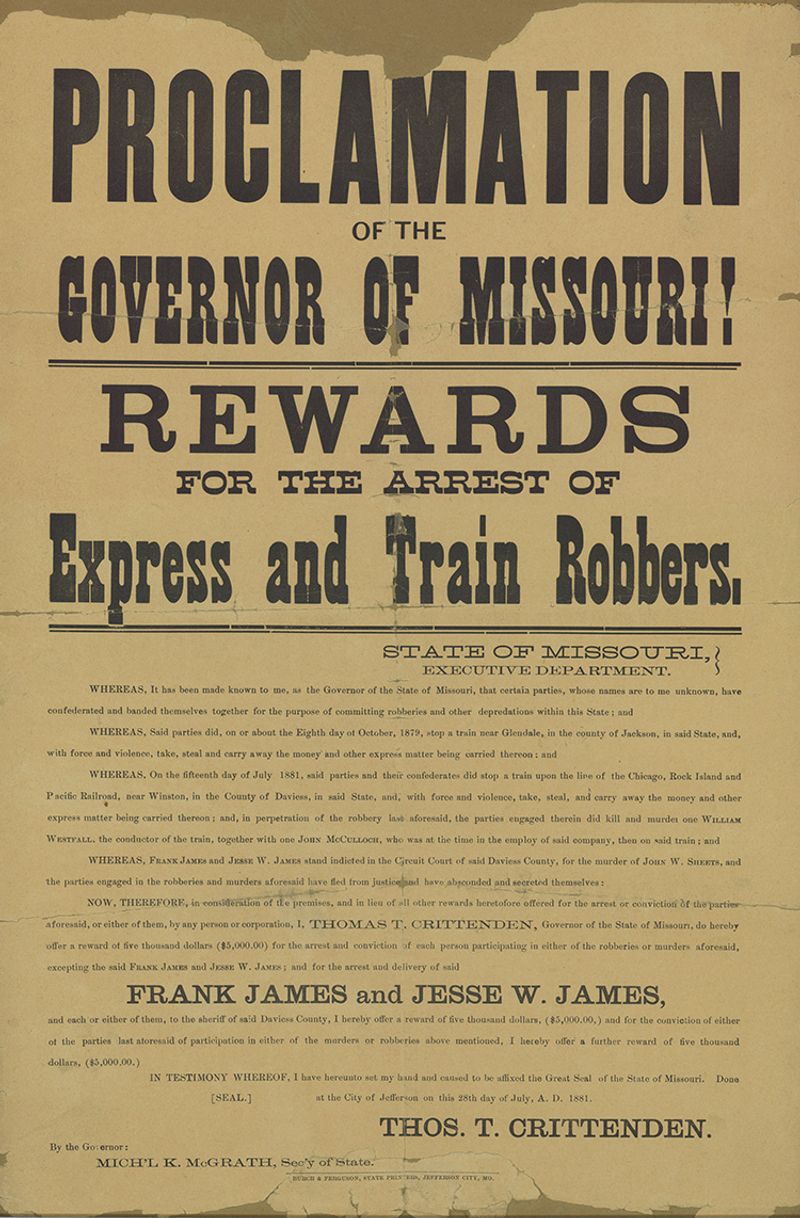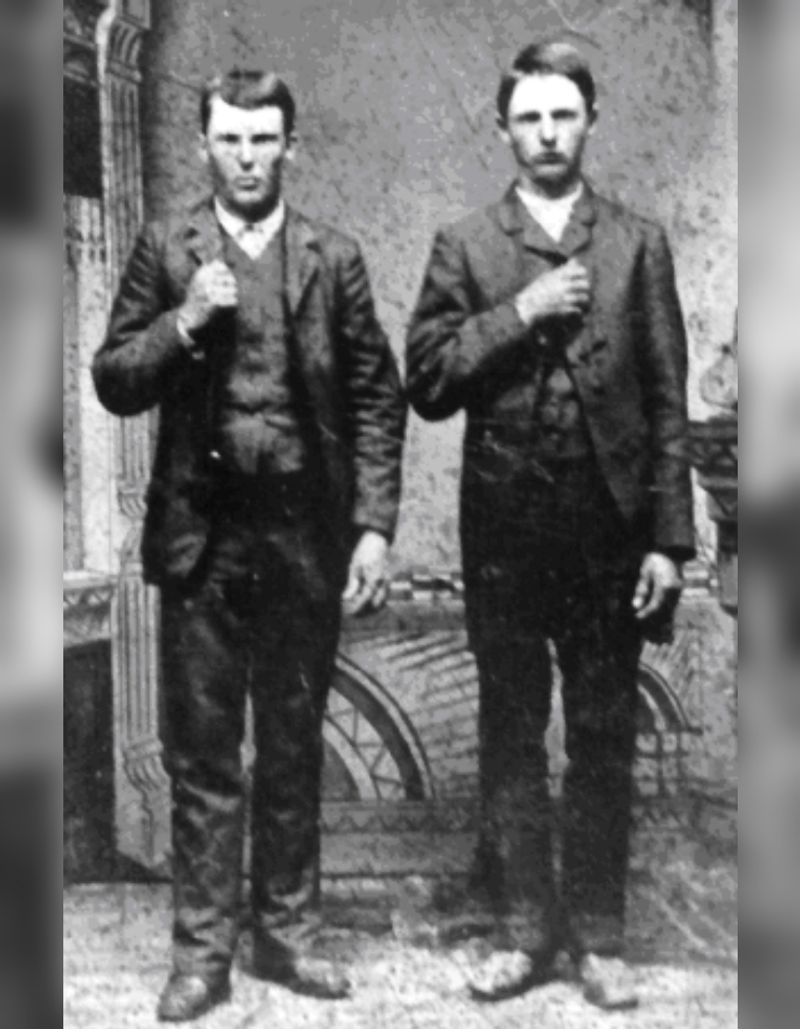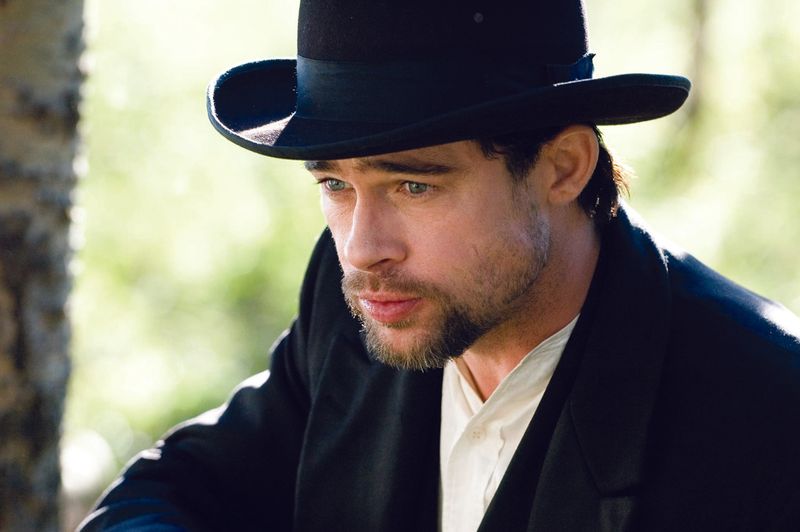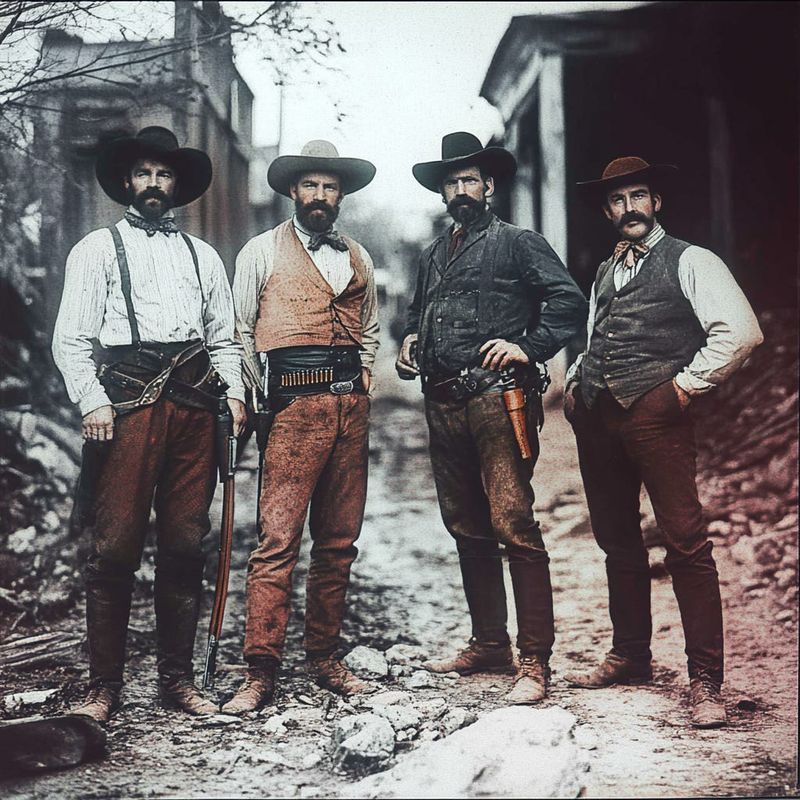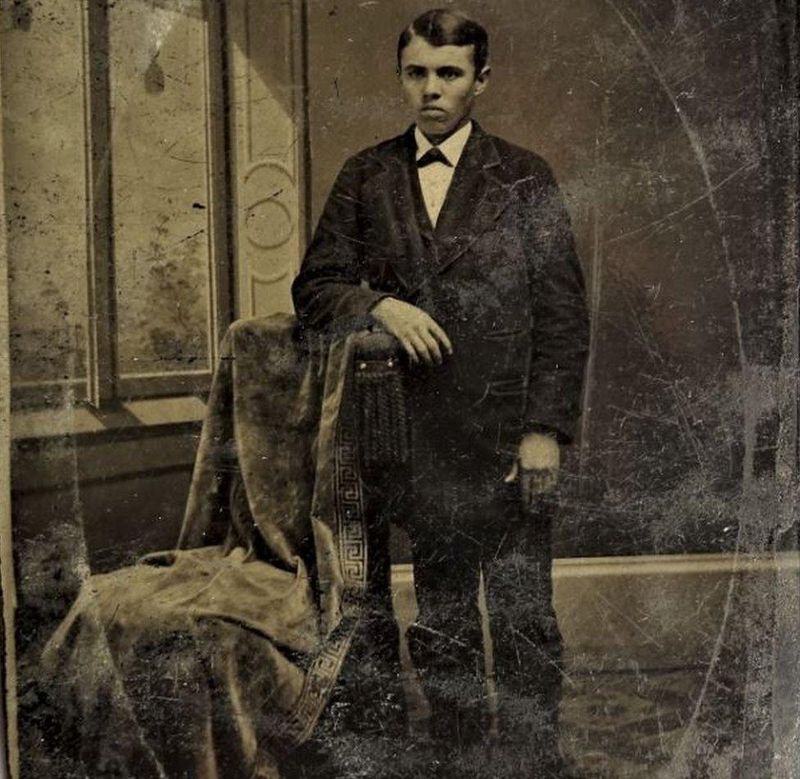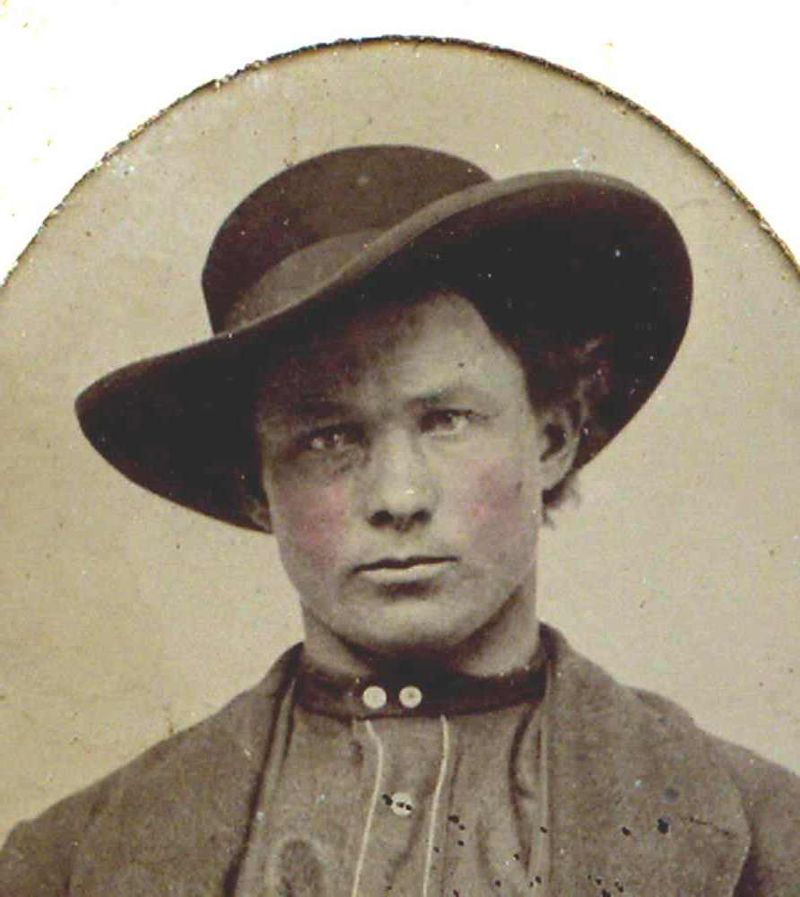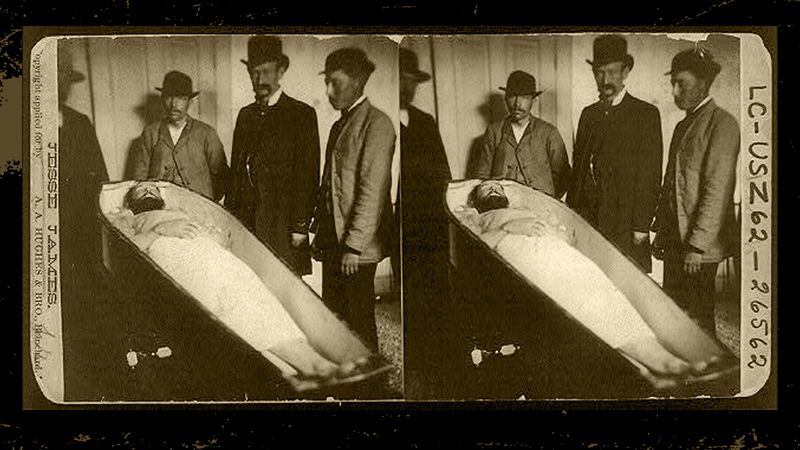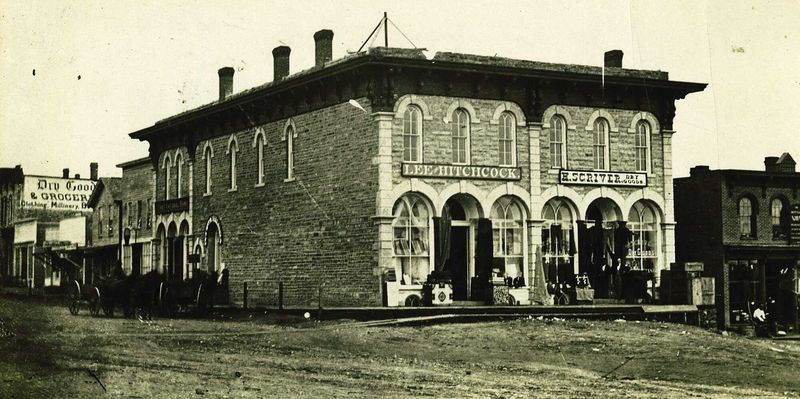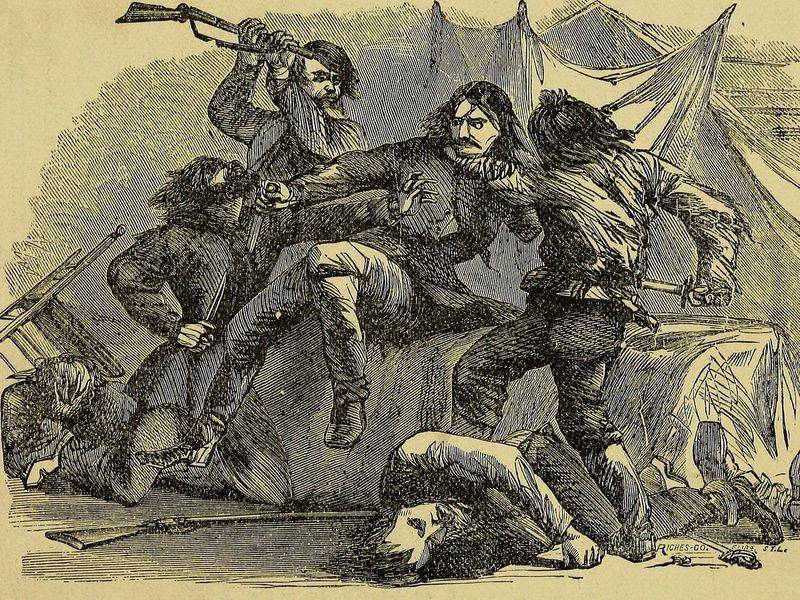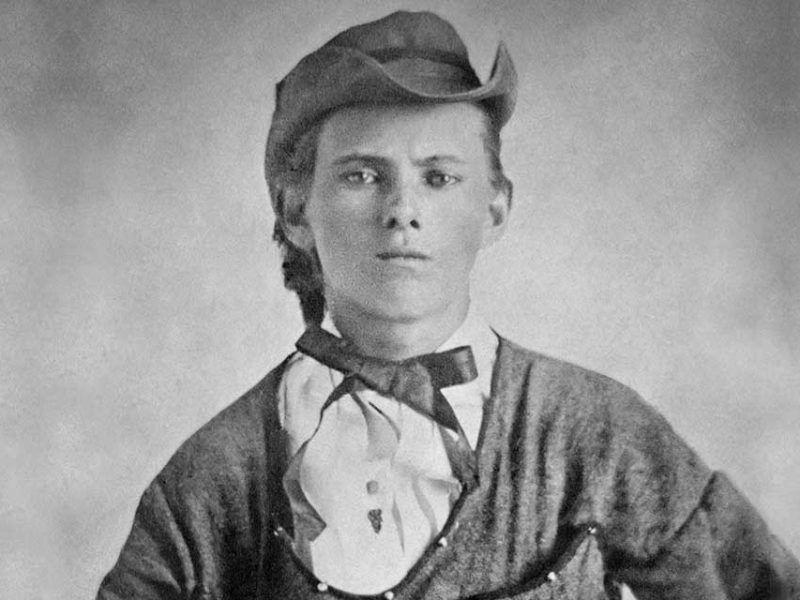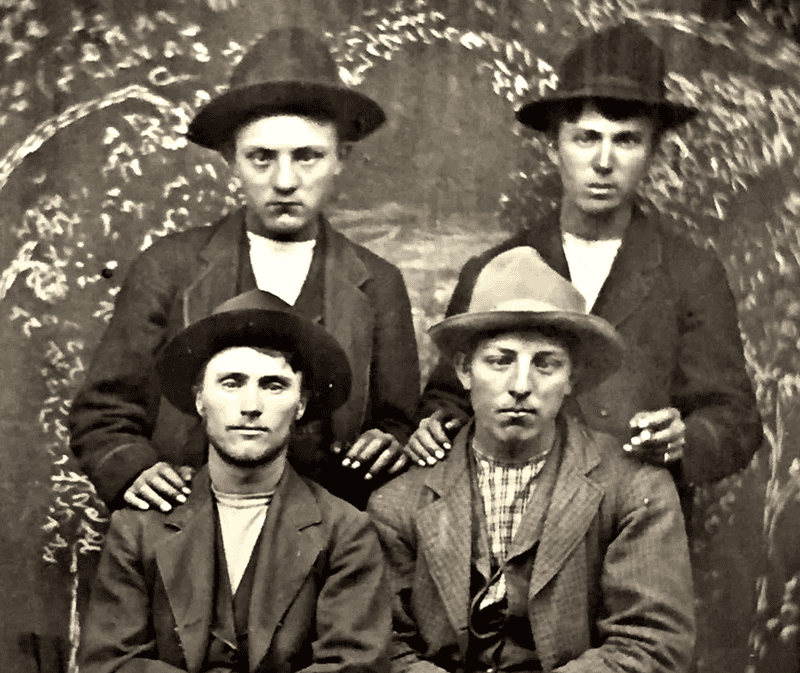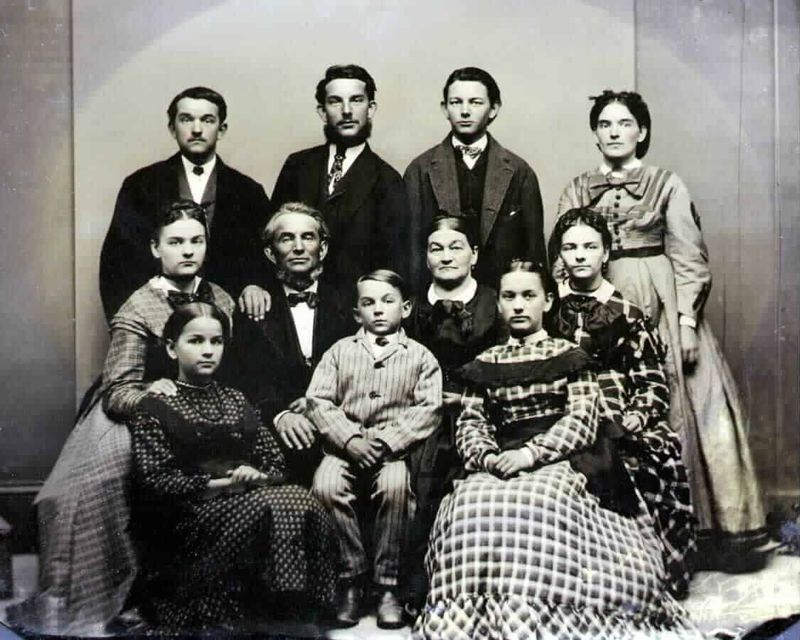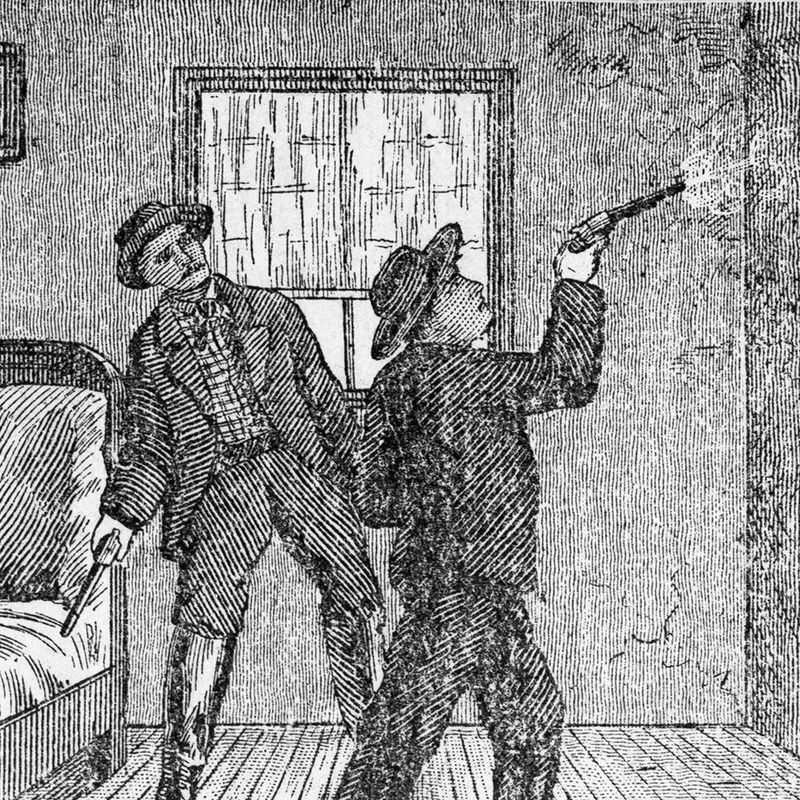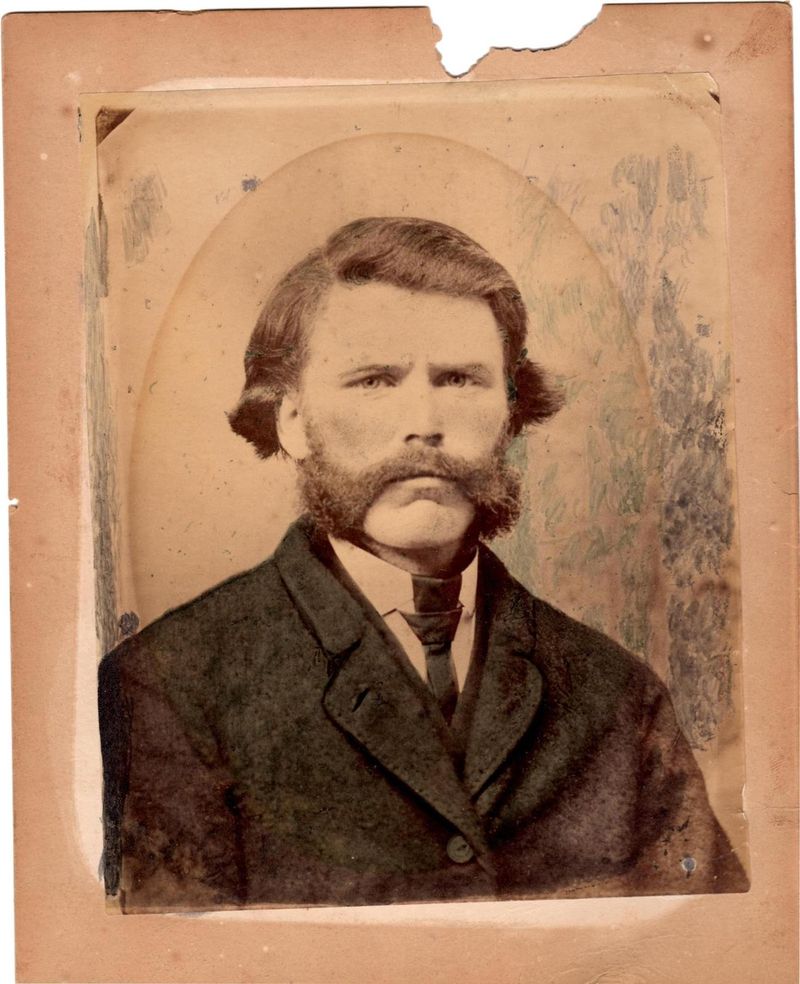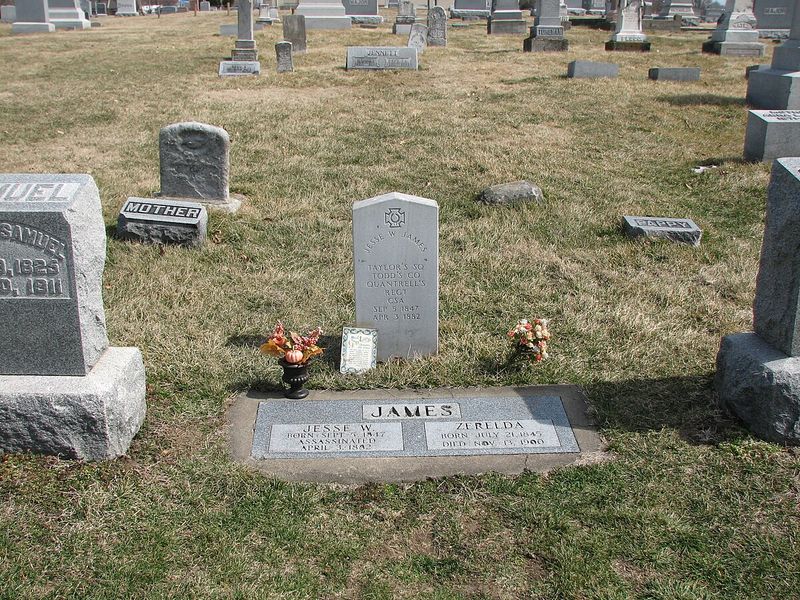Jesse James, the infamous American outlaw, has been the subject of numerous myths and legends. While some see him as a Robin Hood figure, others view him as a cold-blooded criminal.
It’s time to unravel the truth behind the tales that have shaped his legacy.
1. He Was Just a Robin Hood Stealing for the Poor
Jesse James is often romanticized as a Robin Hood figure who stole from the rich to give to the poor. However, historical records show that there is no substantial evidence to support this claim.
In reality, Jesse and his gang used the stolen money to fund their own lavish lifestyles, and there are no documented accounts of him distributing wealth to the needy.
The romantic notion of his generosity is likely born from folklore and Hollywood embellishments rather than factual history. Jesse’s true motivations seemed to be more self-serving than altruistic.
2. He Never Killed Anyone
The myth that Jesse James never killed anyone is far from the truth. Jesse was directly involved in numerous robberies, many of which resulted in violence and death. He was not merely a bystander; rather, he actively participated in these criminal acts.
Witnesses and evidence from the period corroborate his involvement in violent incidents.
This false narrative likely emerged to soften his image, portraying him as a reluctant criminal rather than a hardened outlaw. Yet the reality is that Jesse’s life was marked by bloodshed and brutality.
3. He Fought Honorably in the Civil War
While Jesse James did fight in the Civil War, his role was far from honorable. He was part of the notorious guerrilla group known as “Quantrill’s Raiders,” infamous for their brutal tactics and massacres.
Jesse’s involvement in these violent acts during the war reveals a side of him that contradicts the notion of noble warfare.
The group’s actions were more akin to terror than valor, leaving a legacy of fear and destruction. Jesse’s wartime activities were less about honor and more about ruthless aggression.
4. Jesse James Was a Lone Outlaw
The image of Jesse James as a lone outlaw is a romanticized myth. In truth, he was the leader of the James-Younger Gang, a group consisting of dozens of members over the years.
Jesse’s success as an outlaw was largely due to the collaboration with his gang, who worked together to plan and execute their criminal endeavors.
The myth of him being a solitary figure likely stems from the desire to create a more dramatic narrative. However, Jesse’s real story is one of teamwork and organized crime.
5. He Was Loved by Everyone in Missouri
The belief that Jesse James was universally loved in Missouri is not accurate. While he did have a following of admirers who romanticized his outlaw persona, many others in Missouri feared and despised him.
His criminal activities brought chaos and danger to the region, leading to a divided public opinion.
Some viewed him as a folk hero, standing against the establishment, while others saw him as a threat to their safety and livelihood. The myth of universal love is a simplification of a more complex reality.
6. He Was a Product of the War—Not a Criminal
It’s often suggested that Jesse James was merely a product of the Civil War, driven to crime by circumstance rather than choice. However, his criminal activities did not cease with the end of the war; in fact, they escalated.
Jesse’s transition from a soldier to a notorious outlaw was marked by a conscious decision to engage in criminal activities.
His post-war actions demonstrate a commitment to crime far beyond what could be attributed to the impact of war. Jesse’s criminal legacy was a choice, not just a consequence.
7. Jesse James Never Used Violence Unless Provoked
The myth that Jesse James only resorted to violence when provoked is contradicted by historical evidence. Jesse and his gang often used extreme force, even when it wasn’t necessary.
Their robberies were marked by aggression, targeting not just authorities but civilians as well.
This narrative of restraint is likely an attempt to soften his image, portraying him as a reluctant criminal. However, the reality of his actions paints a picture of a man unafraid to use violence to achieve his criminal goals.
8. He Was Always on the Run
Contrary to the myth that Jesse James was constantly on the run, he often lived openly under his real name. For significant periods, Jesse resided with his family, blending into everyday life without fear of immediate capture.
This ability to live openly was due in part to local sympathies and a lack of immediate federal interest. The narrative of a fugitive lifestyle adds drama to his story, but in reality, Jesse’s life included stretches of normalcy, free from the relentless pursuit we often imagine.
9. The Government Was Obsessed with Catching Him
While Jesse James is a legendary outlaw today, the myth that the government was obsessed with his capture is not entirely true. For a long time, Jesse wasn’t a priority for federal authorities, who were more focused on Reconstruction and other pressing issues.
Local authorities often bore the responsibility of pursuing him, but their efforts were inconsistent. The notion of a massive, organized manhunt is more fiction than fact. Jesse’s capture was more the result of betrayal than governmental obsession.
10. He Wore a Signature Black Hat and Duster Coat
The iconic image of Jesse James wearing a black hat and duster coat is largely a creation of Hollywood. In reality, Jesse’s appearance varied throughout his life. Photographs and descriptions from his era depict him in a range of outfits typical of a 19th-century man.
The myth of a signature look adds a dramatic flair to his legend, but historically, there was no consistent style he adhered to. This Hollywood creation highlights the discrepancy between Jesse’s real life and the cinematic portrayal.
11. Jesse James Was Assassinated by a Stranger
The myth that Jesse James was assassinated by a stranger is false. He was killed by Robert Ford, a member of his own gang and someone he trusted. Ford’s betrayal adds a layer of tragedy and irony to Jesse’s story.
This act of treachery is a reminder of the volatile nature of outlaw life, where loyalty was often overshadowed by self-interest. The narrative of a stranger emerging from the shadows is compelling, but the truth is a more intimate and personal betrayal.
12. He Survived the Assassination and Lived in Hiding
The belief that Jesse James survived his assassination and lived in hiding is a persistent myth. However, DNA testing has confirmed that it was indeed Jesse buried in his grave. This myth likely persists due to the intrigue and mystery surrounding his life and death.
While tales of his survival add an exciting twist, the scientific evidence supports the reality that Jesse’s story ended with his assassination. This enduring legend speaks to the fascination with his life and the desire to keep his story alive.
13. His Gang Only Robbed Trains
The myth that Jesse James and his gang only robbed trains simplifies their criminal activities. In reality, they targeted banks, stagecoaches, and even county fairs. Their diverse targets reflect a strategic approach to crime, seeking opportunities wherever they arose.
The focus on train robberies likely comes from the drama and excitement associated with such heists, but Jesse’s criminal endeavors were far more varied. This broader scope of activity showcases the cunning and adaptability that marked his career.
14. He Was a Mastermind Behind Every Robbery
Although Jesse James is often credited as the mastermind behind every robbery, this myth doesn’t hold true. Several heists were planned or led by other members of the James-Younger Gang.
Jesse was a charismatic leader, but his success relied on the collaboration and input of his accomplices.
The notion of him orchestrating every detail adds to his legend, but the reality highlights the collective effort of his gang. This collaboration was essential to their criminal success and longevity.
15. He Had No Connection to Politics
Jesse James’ image as an apolitical outlaw is misleading. He was a staunch Confederate sympathizer, and his political views were a defining aspect of his identity. Jesse used his political beliefs to justify his actions and cultivate an image resonant with Southern supporters.
His crimes were often framed as a continuation of the Confederate cause, appealing to those who shared his sentiments. The myth of political detachment overlooks the role that ideology played in shaping his life and legacy.
16. He Was Always Loyal to His Gang
The idea that Jesse James was always loyal to his gang is a comforting myth. In reality, he reportedly grew paranoid and isolated toward the end of his life. Jesse’s increasing distrust of his accomplices led to tensions and division within the gang.
This shift in behavior reflects the pressures and dangers of outlaw life, where loyalty was often tested. The narrative of unwavering loyalty adds romance to his story, but the truth is more complex and troubled.
17. His Family Supported His Life of Crime
Contrary to the myth that Jesse James’ family supported his life of crime, they often pleaded for him to surrender. His wife and mother expressed concern for his safety and the impact of his actions on their lives.
Their pleas were born from love and a desire for a more stable existence. This myth likely arose from the assumption that familial loyalty equates to support. However, the reality is that Jesse’s family hoped for his redemption, not his continued infamy.
18. He Was Killed Instantly
The myth that Jesse James was killed instantly is not entirely accurate. Some reports suggest that he lingered briefly after being shot by Robert Ford. This detail adds a layer of drama to his final moments, highlighting the stark reality of betrayal and mortality.
The image of an instant death simplifies a more complex and tragic end. The uncertainty surrounding his last moments mirrors the larger ambiguity that often shrouds his life and legend.
19. There Are No Photos of Jesse James
The notion that there are no photos of Jesse James is a myth. Several authenticated photographs of him exist, capturing his likeness at various stages of his life. These images provide a tangible connection to the man behind the legend, offering glimpses into his appearance and demeanor.
The myth of a lack of photographs may stem from the aura of mystery surrounding his life. However, these visual records challenge that narrative, adding depth and reality to his story.
20. He’s Buried in an Unmarked Grave
The myth that Jesse James is buried in an unmarked grave is false. He has a marked tombstone in Kearney, Missouri, clearly identifying his final resting place. This site has become a destination for those intrigued by his story, offering a concrete connection to his life and death.
The myth of an unmarked grave perhaps adds to the mystery and romanticism of his legend, but the reality is more straightforward. His marked grave serves as a reminder of both his infamous life and the enduring fascination with his story.
